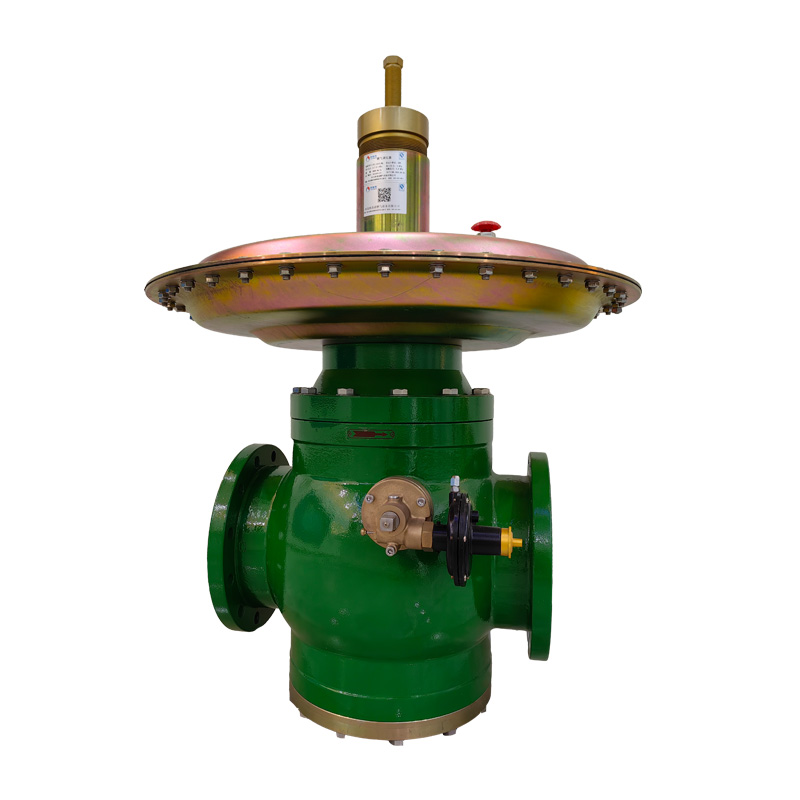
Nov . 16, 2024 02:00
Back to list
high pressure regulators
High Pressure Regulators Ensuring Safety and Efficiency in Various Applications
High pressure regulators are essential devices used in a variety of industries, including oil and gas, chemical processing, and manufacturing. Their primary purpose is to control and reduce high pressure gas to a safer, manageable level for downstream applications. This article explores the significance, types, mechanisms, and applications of high pressure regulators, highlighting their critical role in maintaining safety and efficiency in diverse environments.
Understanding High Pressure Regulators
High pressure regulators function by taking gas from a high-pressure source and reducing it to a predefined lower pressure. This adjustment is vital for protecting equipment and ensuring the safe operation of gas-handling systems. A well-functioning regulator is crucial for maintaining a consistent pressure, which is vital for the efficiency of processes that rely on specific gas pressures.
The design of high-pressure regulators typically includes a spring-loaded diaphragm that responds to changes in downstream pressure. When the downstream pressure rises above a set point, the diaphragm moves to close the flow of gas, regulating the pressure. Conversely, when the flow decreases, the diaphragm allows gas to flow through to maintain the desired pressure level.
Types of High Pressure Regulators
High pressure regulators come in various types, each designed for specific applications and requirements
1. Single-Stage Regulators These regulators reduce pressure in a single step and are suitable for applications where pressure fluctuations are minimal. They are often more compact and easier to install.
2. Two-Stage Regulators These devices reduce pressure in two steps, providing better accuracy and stability in maintaining outlet pressure. They are ideal for applications requiring consistent pressure levels, making them popular in laboratories and industrial applications.
3. Ventilated Regulators These regulators are designed to allow excess pressure to vent safely, preventing dangerous situations in case of overpressure. They are common in applications involving flammable gases.
high pressure regulators

4. Electronic Regulators Utilizing advanced technology, these regulators can automatically adjust to changes in demand, providing real-time monitoring and control. They are widely used in modern industrial processes for their efficiency and precision.
Applications of High Pressure Regulators
High pressure regulators are vital across various sectors
1. Oil and Gas Industry In this sector, high pressure regulators maintain the safe transportation and distribution of natural gas, propane, and other gases. They help protect pipelines and ensure that gas is delivered at the correct pressure to refineries and processing plants.
2. Chemical Processing Many chemical reactions require specific gas pressures. High pressure regulators ensure that gases such as hydrogen, nitrogen, and other reactive gases are delivered at safe and effective pressure levels, preventing accidents and ensuring product quality.
3. Welding and Cutting In welding applications, high pressure regulators control the flow of gases, such as acetylene and oxygen, ensuring safety during operations. They maintain optimal gas pressures for effective welding and cutting processes.
4. Laboratories High pressure regulators are commonly used in laboratories for experiments and tests that require precise gas pressures. Their reliability is critical to achieving accurate results and maintaining safety standards.
Conclusion
High pressure regulators are not just simple components of gas systems; they are indispensable devices that ensure safety, efficiency, and reliability across multiple industries. Their ability to manage pressure changes and maintain optimal operating conditions allows industries to function smoothly and safely. As technology advances, the development of more sophisticated regulators is expected, further enhancing their performance and application. For engineers and safety professionals, understanding the importance of these devices is crucial in designing systems that protect both people and the environment.
Latest news
-
Safety Valve Spring-Loaded Design Overpressure ProtectionNewsJul.25,2025
-
Precision Voltage Regulator AC5 Accuracy Grade PerformanceNewsJul.25,2025
-
Natural Gas Pressure Regulating Skid Industrial Pipeline ApplicationsNewsJul.25,2025
-
Natural Gas Filter Stainless Steel Mesh Element DesignNewsJul.25,2025
-
Gas Pressure Regulator Valve Direct-Acting Spring-Loaded DesignNewsJul.25,2025
-
Decompression Equipment Multi-Stage Heat Exchange System DesignNewsJul.25,2025

